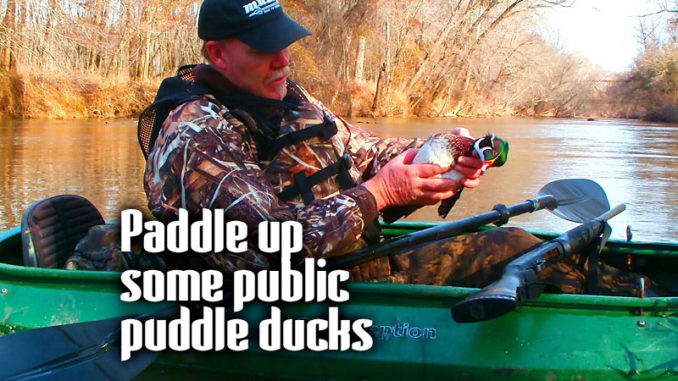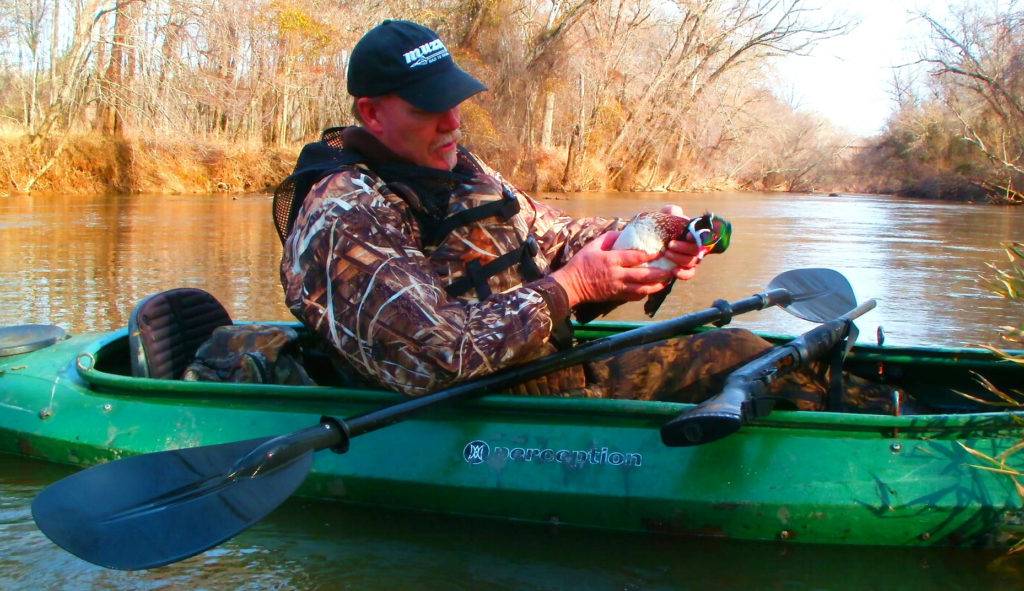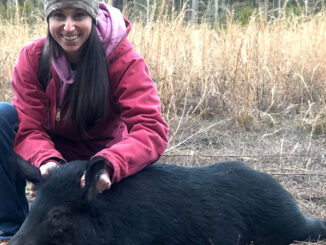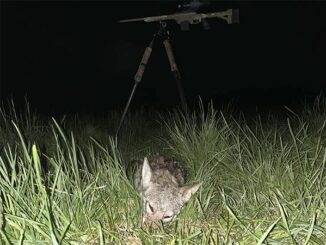
Kayaks can put you in positions few hunters can reach
One of the biggest problems with public duck hunting in the Carolinas is an overabundance of people who want to hunt and a limited amount of public water. Tales of getting to the best spots at 2 a.m. and sleeping in the boat until legal shooting light make the prospect of public duck hunting even less palatable.
The best way to gain access to huntable public land is to go where others can’t. Talk to a few old-timers, and they will spin yarns of floating public waterways teeming with ducks, with no other duck hunters in sight, that will make your mouth water.
A lesson in public-domain law is in order. The basic legal concept of riparian water rights states that all landowners whose properties adjoin a body of water have the right to make reasonable use of it as it flows through or over their properties. This includes the general public if a public right of way is included in that list of landowners. Who owns the soil beneath the water is another matter —usually between what is considered public property within the historical water boundary and ownership by adjacent property owners.
As confusing as this sounds, it’s best to simply contact your local S.C. Department of Natural Resources or N.C. Wildlife Resources Commission office, explaining what and where you intend to hunt, and see if they can provide some guidance.
Dumping a kayak into a flowing creek or river and fishing all day usually never gets anyone in a stir. But discharging firearms at waterfowl might. So planning your route — and knowing any residential property you might pass along the way — is an integral part of planning a float trip.
Camo up when floating for puddle ducks
The next consideration is how to get from where you put in to where you take out. Hunting in two boats is doable, but it doubles your chances of spooking ducks out of range. Hunting in tandem is also doable, but it reduces your number of shots by half. The good thing is, if someone is willing to drop you off, they don’t have to do so before daylight, as mid-day is often the best time to float, after birds have fed and returned to the water to loaf and rest.
Once you’ve picked a stretch of water, consider 1 mile per hour the average duration of the trip.
You can paddle faster, but doing so will cause you to alert ducks before they get within shotgun range. Whether done on land or by water, the principals of stalking are the same. Reduce the amount of distance your quarry may spot you ahead of time by using shoreline cover to your advantage. Hug the bank and any inside curvature in the creek so you can “pop up” in range when rounding a bend.
Camouflage is essential, but only necessary from the front. It is common to float up on ducks that never bat an eye at a woody log moving naturally in the current until it starts shooting at them.
When birds flush at long range, don’t risk a shot, because if you shoot at them, they probably won’t come back. Instead, carry three or four decoys with you, toss them out and wait for 30 minutes to see if they return. If not, resume floating.
Getting that first limit
The first time I attempted to float for ducks ruined me for hunting the traditional way for several years. It was a cold, wintry day at the tail end of a cold front that had frozen over every pond, slough and beaver swamp in three counties. At that time, I had the thought that I could simply paddle back upstream to my vehicle at the end of the hunt.

Three miles in, without seeing a duck, I gave up the idea of paddling back, but I was convinced I’d see an animal other than a deer, turkey and something that was probably a bobcat sooner or later. My luck changed as the landscape I passed through changed from mostly pine trees, poplars and maples to pin oaks and another bushy tree I never did identify.
Be ready for anything when hunting puddle ducks
The landscape also got flatter and had a number of smaller creeks and ditches that fed the creek. The first flock of wood ducks to blow up in my face got shot at, but not hit. The second flock lost a member and the third another. Under the old South Carolina limit of two wood ducks per day, I figured my hunt was over and started thinking about how I was going to get home.
Five minutes later, I noticed several iridescent green heads duck behind a blowdown tree 60 yards away. I’d never held so still in my life as the slow river pushed me toward that tree. I was expecting a pair, maybe three birds to flush. But at least 20 suddenly jumped when the boat evened with the tip of the tree. A brace of mallards met their demise on the first and third shots.
After collecting those birds, I backed the craft into the lee of the blowdown and waited. I cussed myself for not bringing any decoys or even a call. A group of three mallards winged in and landed in front of the boat. I fired twice and a limit was finished.
I eventually made it home, but not before dark and not before walking nearly 3 miles to a gas station after ditching the boat, gun and birds under a bridge until my ride came.
December’s best bets
NORTH CAROLINA
WHAT — Wood ducks, teal, mergansers
WHERE — East-central North Carolina, East of I-95
HOW — Floating or drifting
LAUNCH — Hookerton or Snow Hill are the closest public ramps on Contentnea Creek, but opportunities to dump in exist along stretches of Contentnea Creek, plus the Neuse and Little rivers.
INSIDER TIP — Drift along close to the bank, watching the river margins ahead, and look closely behind downed trees for ducks to pop out at close range.
SOUTH CAROLINA
WHAT — Wood ducks, geese, mergansers and resident mallards
WHERE — Saluda River, Reedy River, Little River
HOW — Slowly paddle with the current and look for “ducky” looking spots to flush birds.
LAUNCH — Most places with public ramps will be too wide and slow to have much current. Google Earth will reveal the best dump-ins, usually at public right-of-ways.
INSIDER TIP — When slow waters like ponds and lakes freeze over, moving water will still be open, and ducks flock to those locations.




